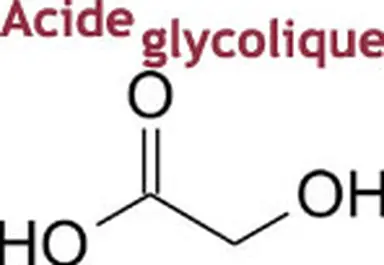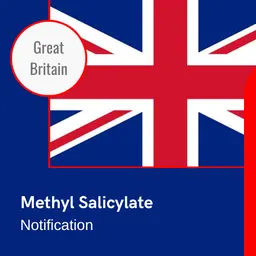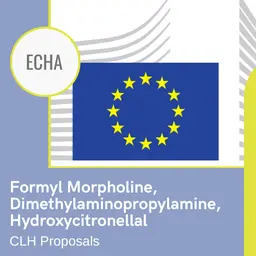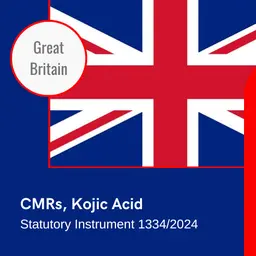
Anti-wrinkles, anti-spots, anti-acne, anti-dull complexion … Glycolic Acid comes with attractive and promising claims. It is an element found both in cosmetics and in medical offices. Does this active ingredient, a "star" in exfoliation applications, come only with advantages? Some explanations.
Glycolic Acid (or hydroxyacetic acid) is the smallest of the alpha-hydroxylised acids, better known as AHA or multi-fruit acids. It may be extracted from "sugared" vegetables (sugar cane, beetroot, grapes …) or may be synthesized. In cosmetics, most often, the synthetic product is used.
Magic peeling
Glycolic Acid main property is to be keratolytic: by simple contact, without rubbing, it interacts with keratin, weakens and/or destroys the lipid nods between the stratum corneum cells (the outer layer of the epidermis) to get rid of dead cells faster than by natural desquamation.
Results: it tightens pores, smoothes the skin, helps even complexion, makes wrinkles, spots and other unflattering marks, such as acne scars, less visible. Thus, it is known to improve the well-being of oily skins, as well as of mature or "tired" skins.
Another peculiarity: by getting the skin rid of dead cells, it "opens the doors" of the skin, and eases the penetration of other active ingredients of cosmetics (vitamins and other anti-oxidants, moisturizers …).
The optimum dosage
Too often, the importance of the dosage of an active ingredient in a cosmetic is not looked at.
Glycolic Acid is a good example: if used at less than 5% in …













